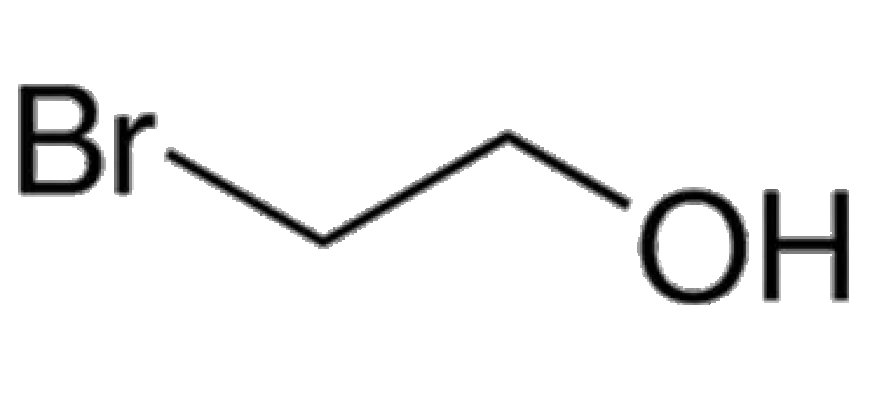Tempo Free Radical: 2,2,6,6-Tetramethylpiperidinyloxy
The TEMPO free radical (2,2,6,6-Tetramethylpiperidinyloxy) is an organic compound widely recognized for its stable radical properties and versatile applications in chemistry and industry. With the molecular formula C₉H₁₈NO, TEMPO is a nitroxyl radical that features a piperidine ring substituted with four methyl groups and an oxygen-centered unpaired electron.

The TEMPO free radical (2,2,6,6-Tetramethylpiperidinyloxy) is an organic compound widely recognized for its stable radical properties and versatile applications in chemistry and industry. With the molecular formula C₉H₁₈NO, TEMPO is a nitroxyl radical that features a piperidine ring substituted with four methyl groups and an oxygen-centered unpaired electron. This unique structure confers exceptional stability, making it a valuable tool in numerous fields.
Structural Characteristics
TEMPO's stability as a free radical arises from the steric hindrance provided by the four methyl groups attached to the piperidine ring. These bulky groups protect the nitroxyl radical from dimerization or decomposition, even under ambient conditions. The nitroxyl group (N-O•) is the key reactive site, contributing to its diverse chemical behavior.
Synthesis
The preparation of TEMPO typically involves the oxidation of 2,2,6,6-tetramethylpiperidine. A commonly employed route is the oxidation of 2,2,6,6-tetramethylpiperidine with peracids or other oxidizing agents, yielding the stable nitroxyl radical. The process is straightforward and scalable, enabling its widespread availability.
Applications
TEMPO finds extensive use in various scientific and industrial domains due to its reactivity and stability:
-
Catalysis:
-
TEMPO is a prominent catalyst in organic synthesis, particularly in oxidation reactions. For example, it catalyzes the oxidation of primary alcohols to aldehydes and secondary alcohols to ketones under mild conditions.
-
The TEMPO/NaOCl/NaBr system is a widely employed combination for selective alcohol oxidation.
-
-
Polymer Chemistry:
-
In polymer science, TEMPO-mediated living radical polymerization (or nitroxide-mediated polymerization, NMP) is a method used to produce well-defined polymers with controlled molecular weights and narrow molecular weight distributions.
-
-
Material Science:
-
TEMPO is used for functionalizing cellulose, leading to the development of TEMPO-oxidized cellulose nanofibers, which are utilized in creating high-strength, lightweight materials.
-
-
Biomedical Applications:
-
As a spin label, TEMPO is employed in electron paramagnetic resonance (EPR) spectroscopy to study the dynamics and environments of biological molecules.
-
Its antioxidant properties make it a candidate for biomedical research, particularly in neutralizing reactive oxygen species (ROS).
-
Safety and Handling
While TEMPO is generally considered safe to handle, it should be treated with care. It is an oxidizing agent and can react vigorously with reducing agents. Proper storage in a cool, dry place away from light is recommended to preserve its stability.
Future Prospects
Research into TEMPO and its derivatives continues to expand, with ongoing developments in green chemistry, renewable materials, and advanced polymer systems. Its role in promoting sustainable and efficient chemical processes underscores its importance in modern science and technology.
Conclusion
2,2,6,6-Tetramethylpiperidinyloxy (TEMPO) exemplifies the utility of stable free radicals in chemistry. From catalysis to materials science, its unique properties and broad applicability ensure its continued relevance in diverse fields. Industrial applications of Methyl Vinyl Ketone range from coatings to the production of adhesives.
What's Your Reaction?

























